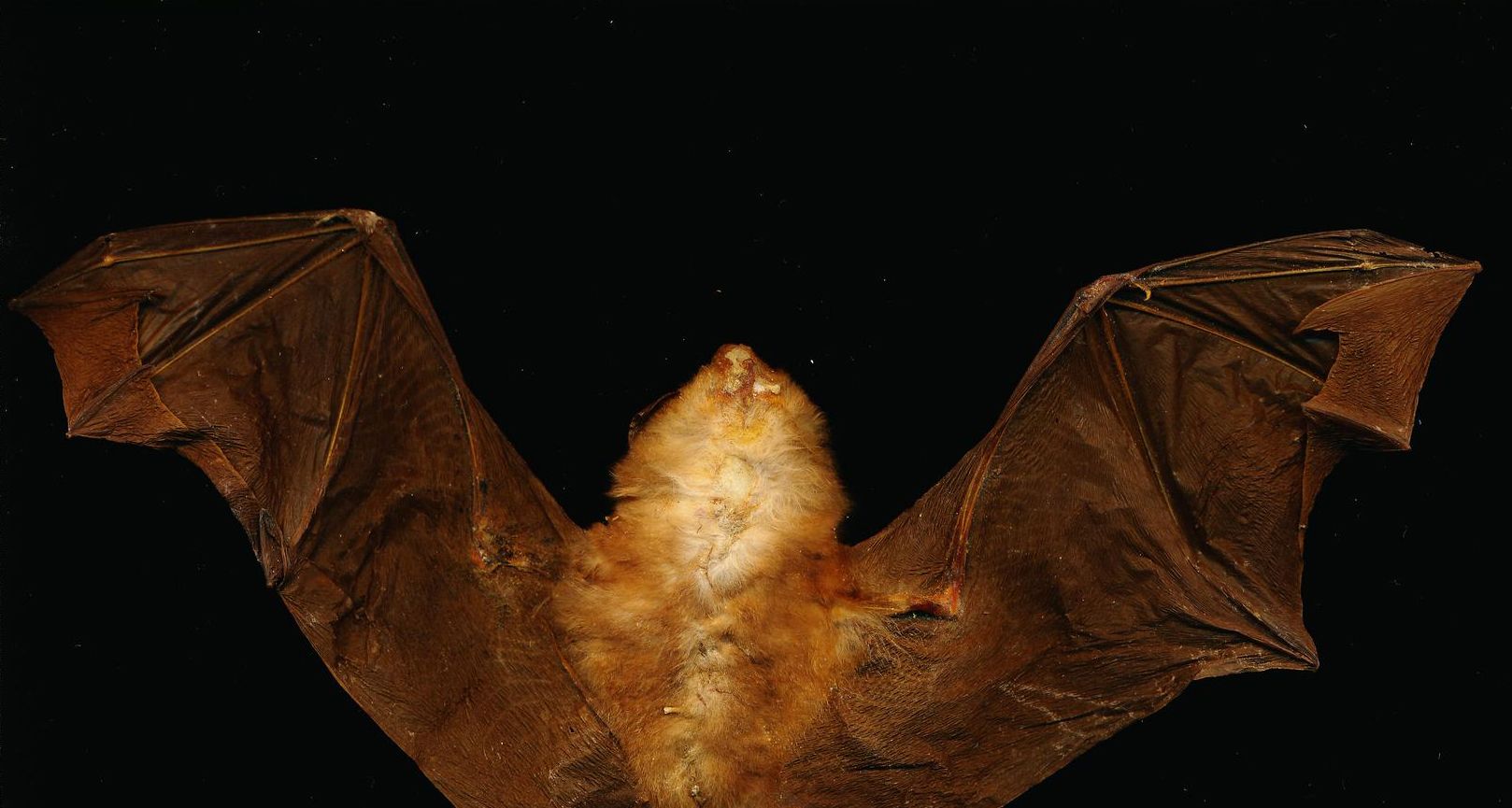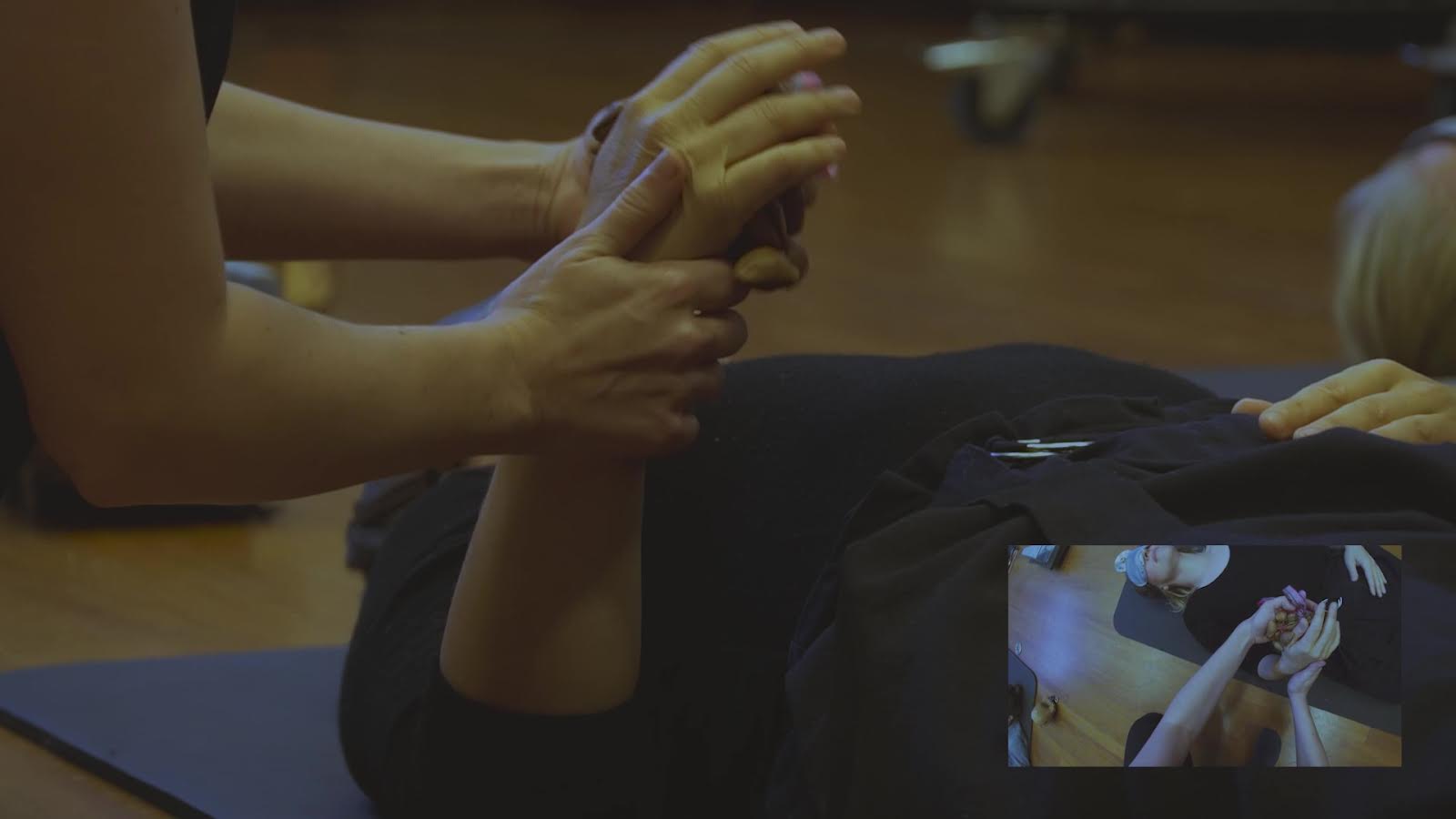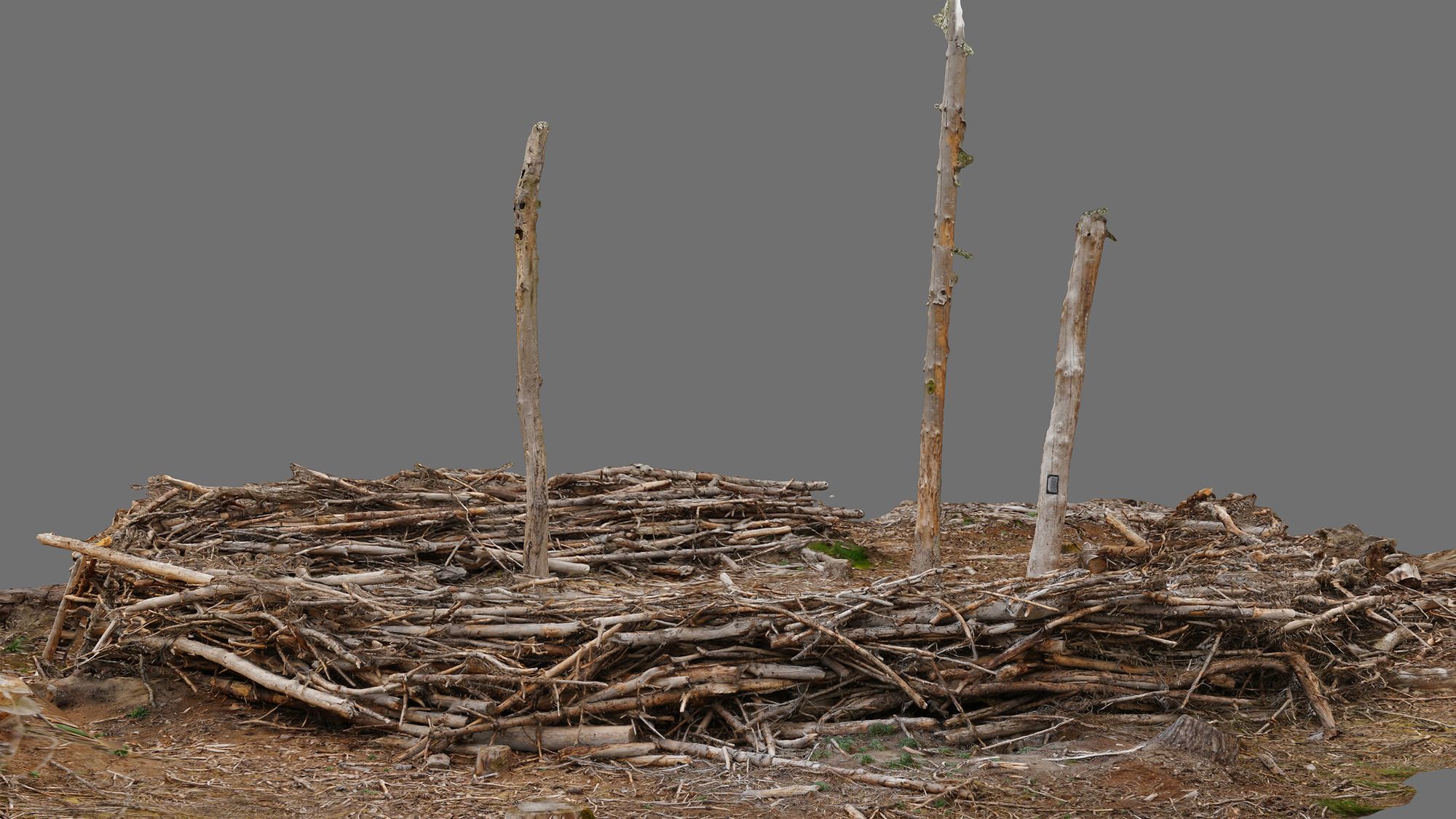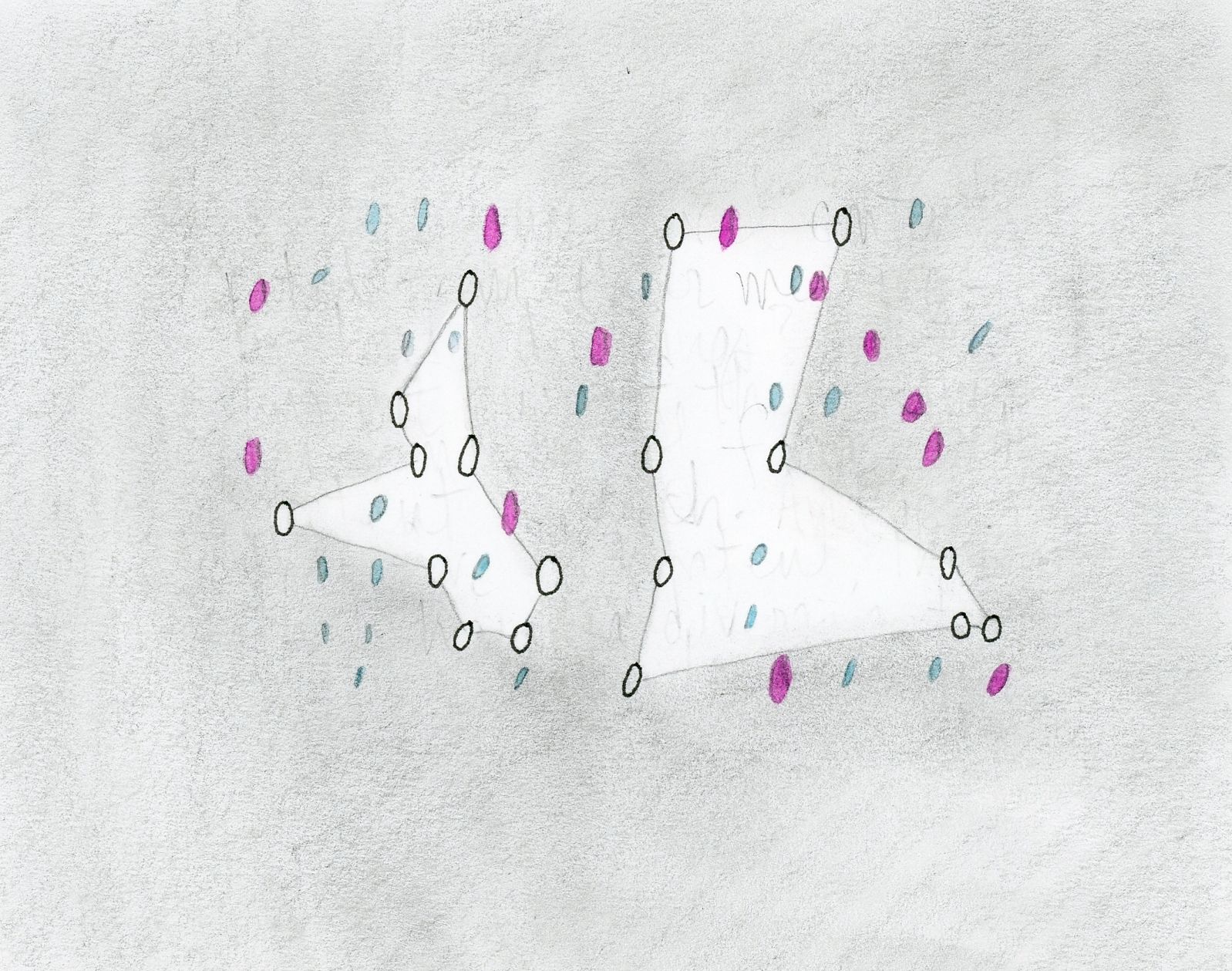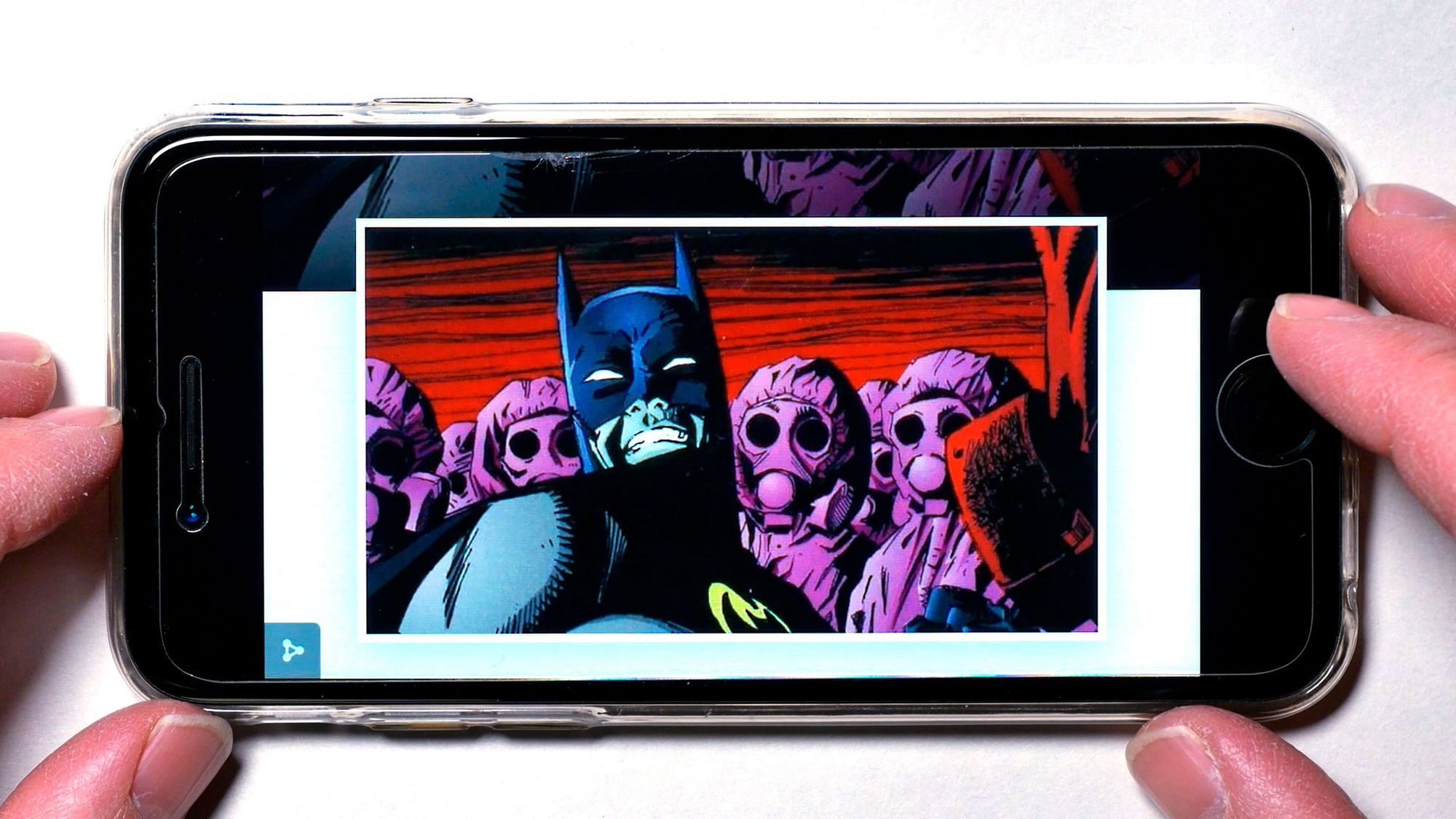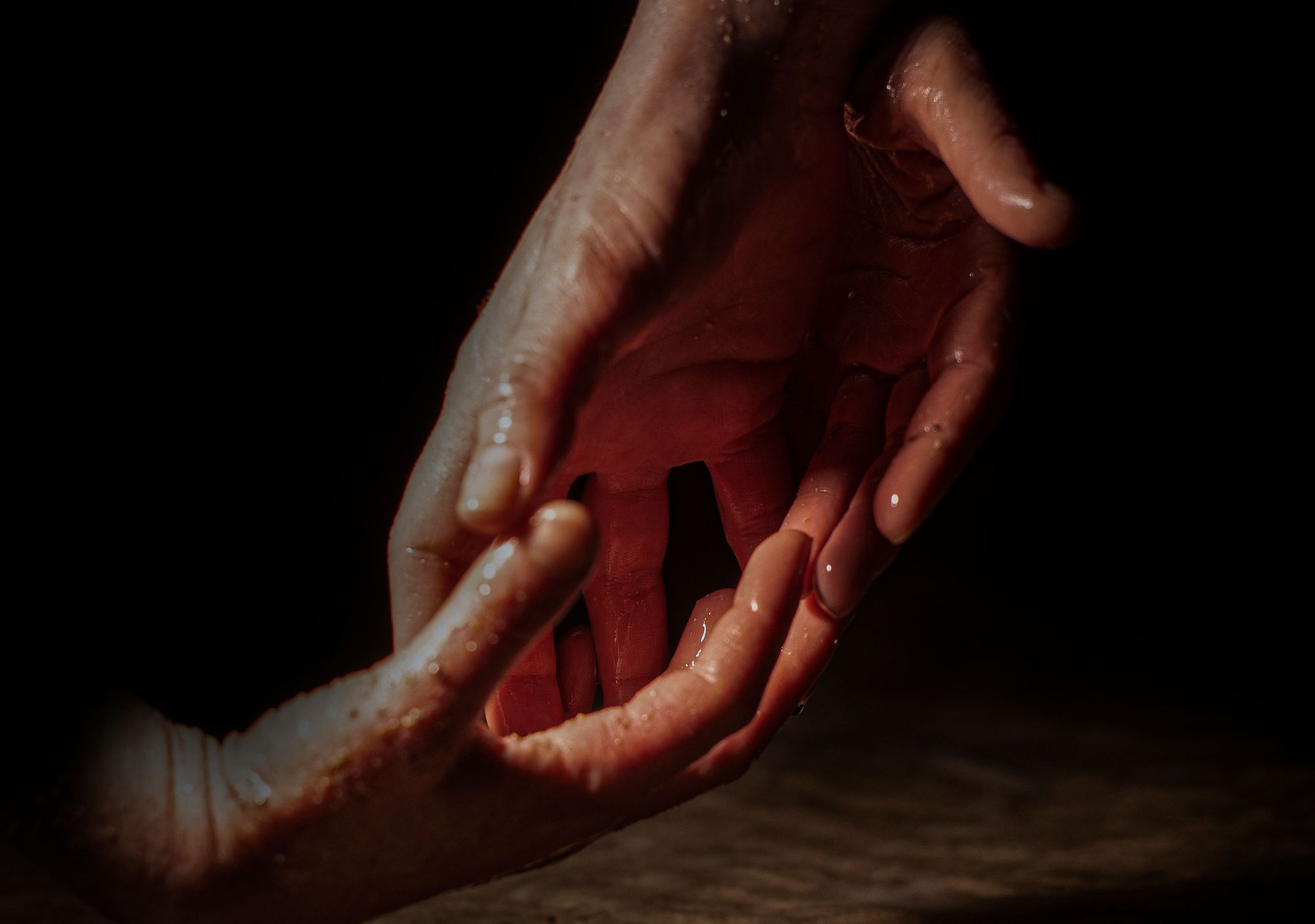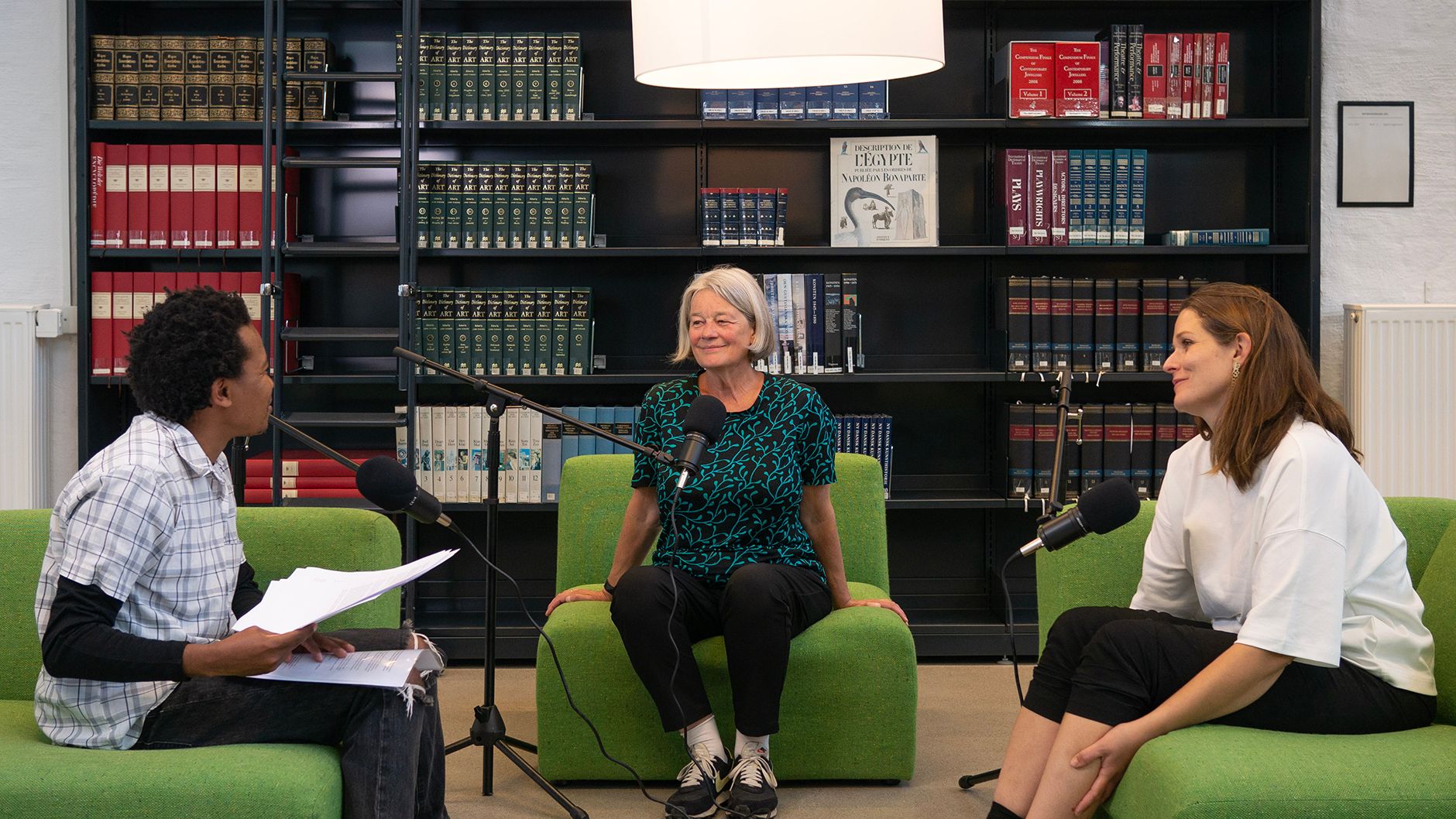VIS issue 6 ”Contagion” presents five expositions that show contagion as an artistic concept, in reflections and analogies, in artistic experiments and in-depth studies, in living examples of how performative touch and transmission has been complicated and made impossible under restrictions and isolation – but also illuminates physical presence and touch as a basic prerequisite for art.
Vis #6 - THEME: CONTAGION
In March 2020, the editorial board of VIS chose the theme Contagion for VIS #6. No one could imagine at the time how the world would be affected or how the situation would evolve and leave behind all the plausible ideas about art only being able to use metaphoric interpretations of ‘contagion’. Our point of departure was that the term itself is broad and open and corresponds to the many ways in which art can be practiced, disseminated, and transmitted: via content, form and structure.
The desire to approach one of research’s most fundamental ingredients in a different way was also part of the goal of demonstrating how artistic work and research can spread through inspiration, role models and touch – just as a contagion is spread via infection and contact, both physical and mental. Tracing the paths of contagion could entail showing contexts and references, possible contact surfaces and relations. Today, we can’t help but see the term contagion in a different light – in part because we are exhausted after 1.5 arduous years of pandemic, and in part because of the overuse and unilateral associations of the term. To approach and problematise the theme of this issue, we filmed a conversation between three members of the editorial board on the term contagion, how the pandemic and the limits it has imposed have affected artists, and how we might view the future of art in a post-pandemic world.
Biological infections and ‘artistic contagion’ happen in similar ways – both require touch, nearness, vulnerability. Transmission cannot happen from afar, or when one is isolated. Art and artistic practice have undergone enormous changes during the pandemic, and this issue of VIS offers evidence of some of these changes and adaptations. Some artists have been able to grow their processes in concentrated personal work; many have reinvented their art in digital media, and others still have sought ‘contagion-safe’ communication with modified projects. But there are also examples of art falling silent and stopping short during the pandemic, as artists have been forced to change course in order to survive. The effects of the pandemic experience on art and artistic work and the roles that art may play in the post-pandemic recovery remain to be seen.
This issue offers five expositions that approach contagion and touch in various ways: in process, in observation, via analogies and in examples of nearness and touch as invaluable components of music and performance.
Jennifer Torrence, percussionist and performer, created an exposition based on her artistic research project Performing Precarity, the content of which was forced to adapt to pandemic conditions in a very concrete sense. Various changes were necessary to perform the works, and new, ‘contagion-safe’ ways to transmit the artistic content had to be found: Human touch and human contact, sharing, vulnerability and nearness in the performance of contemporary music.
Alexandra Crouwers, visual artist, begins her exposition at ‘The Plot’, a piece of land where a section of forest was afflicted by the harmful bark beetle Ips typographus. The trees were felled and a clearing was left in their place, a gateway for dealing with ecological grief. The exposition is mobile and non-linear and uses many artistic methods and entry points that invite viewers on a journey that is refreshingly provocative, humorous, and rich with reflections. The exposition is centred on the coordinates of ‘The Plot’ with 3D-models, animations, stills, videos, and GIF-animations.
Karen Schiff, visual artist, reflects on quarantine and her drawing practice, the foundation of which is language-based abstraction. She describes how these drawings express fleeting and temporary impulses that offer deeper reflection and theorisation based on the sensory experience of drawing and of an expanded ‘visual’ reading. She devised a poetics of transmission that applies to the transmission of a virus and how ideas are created and circulate. The exposition is linked clearly to life in the time of covid, solitary working and reflection in involuntary isolation.
Timo Menke, visual artist, presents a meandering exposition that focuses on the dark agency of cosmic and microbiological matter; how dark matter transforms, infects and potentially merges in symbiosis with humans. He uses the virus and contagion as a creative breeding ground where the gruesome and generative qualities meet and provoke a dark enlightenment. The text is a manuscript for a performative reading and has the character of a refrain with returning choral commentaries. It is a narrative consisting of fragments of bats, virus and dark matter, lit by a Corona in Plato’s cave, a microhistory of contagion.
Liv Kristin Holmberg, church organist and performance artist, presents her artistic research project Kunstliturgien [The Art Liturgy] in her exposition, approaching the theme of contagion in an original and consistent way through liturgy, ritual and performance. The focus is on touch and the use of it in artistic and liturgical rituals, which has gained additional significance due to disease control throughout the pandemic. The video recording of the performance had to be adapted for the pandemic, but it lost neither potency nor relevance as a result – perhaps disease control itself gives rise to new, meaningful rituals and a dramaturgy of its own. The exposition also includes transcribed, reflective conversational dialogues that explore the relationship between art and ecclesiastical space and the relationship of art to the liturgical.
Anna Lindal, Editor of VIS #6
Cover Image: Image borrowed from Timo Menkes exposition "Corona Influentia and the darker matter" VIS #6 "Contagion". Chinese rufous horseshoe bat Rhinolophus sinicus (Wikimedia) from Yang Cha Shan, Szechwan, China by Naturalis Biodiversity Center, CC0.*
